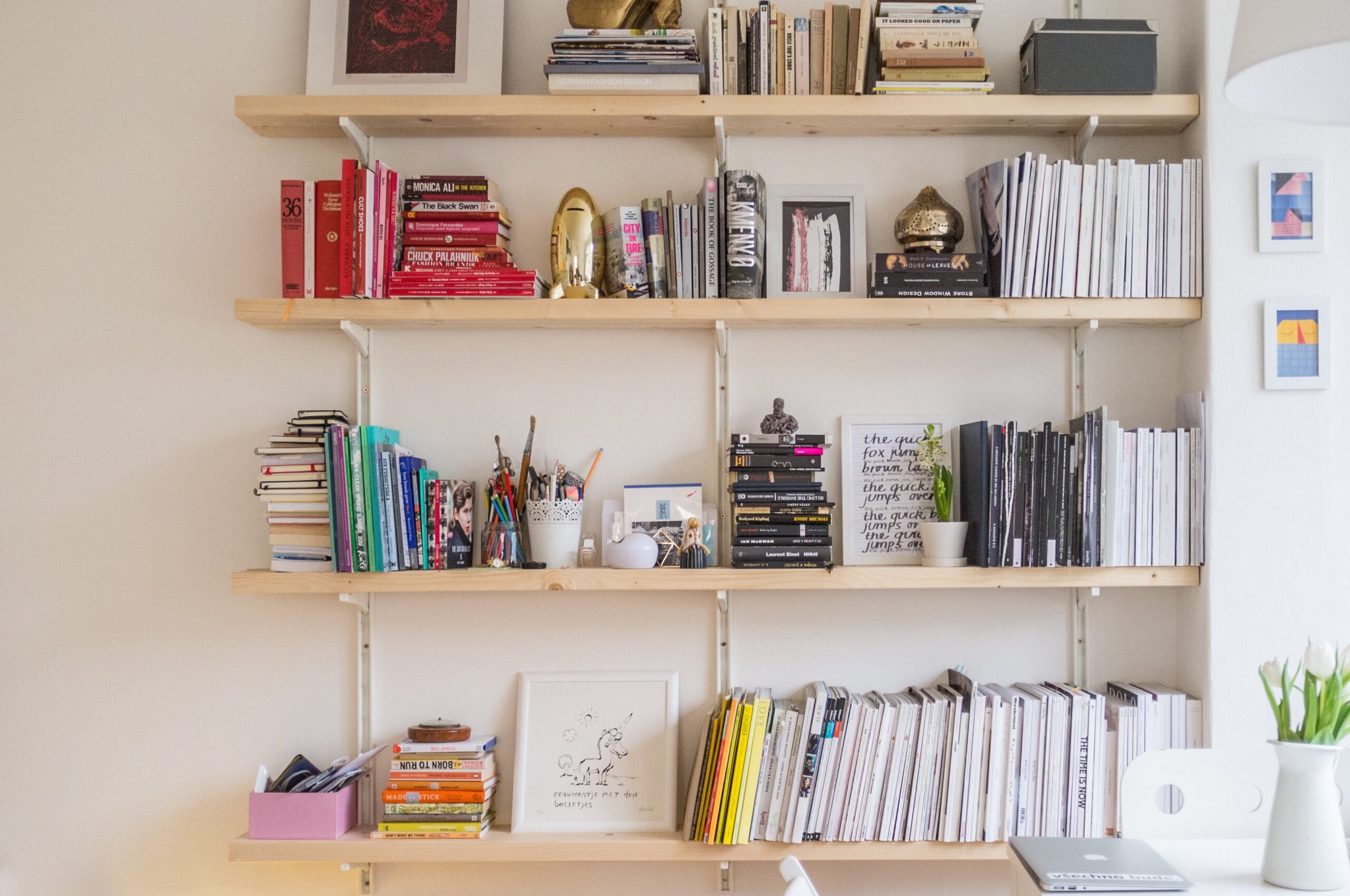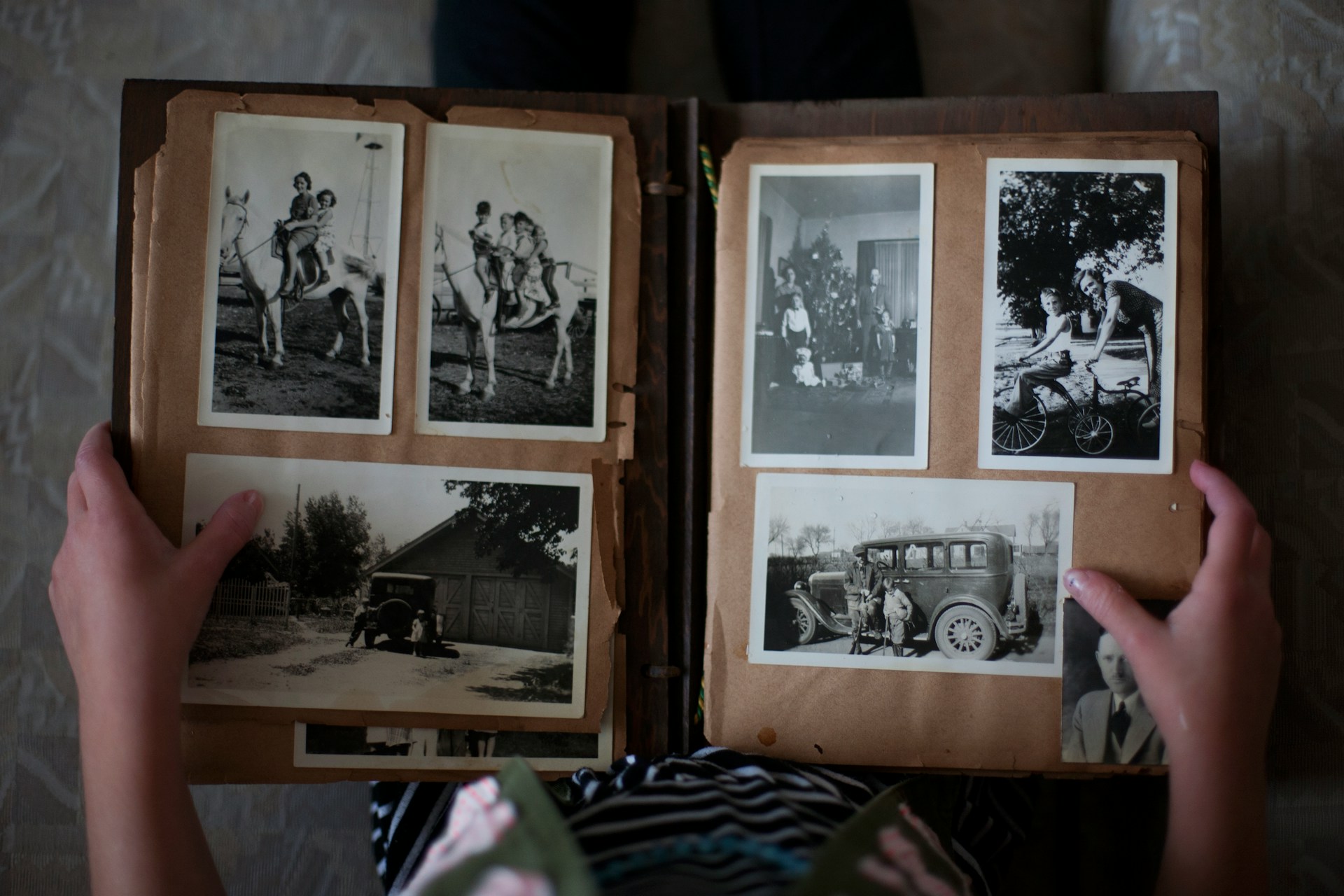We have a lot of junk, and not all of it “sparks joy,” to quote the patron saint of decluttering, Marie Kondo. Kondo’s Netflix series, Tidying Up, which puts Kondo’s organizational philosophy to practice, has sparked a mass home organization movement. (Don’t believe us? Just ask thrift stores around the country which are inundated with decluttering donations).
Much like the universe, my apartment tends to flow towards entropy. When it comes to organization I’ve always been of the “what’s the point?” mindset—blaming physics on my complete lack of organization. And that philosophy has worked for me—until tax time approaches, or I need to find a cord, or I want to get dressed. Then, I realize that an organized home is a path to an organized mind.
While it may seem like organizing your drawers, closets and cabinets is a huge time suck; it’s actually a time-saver in the long run. And the peace of mind you get from knowing where all your valuable belongings are—and saying goodbye to the useless items taking up space—is worth the effort. Of course, if you have around $300 to spare, you could hire a professional organizer. Yes, that’s a job. But if you’re feeling the Kondo vibes, you can totally tackle an organizational makeover all on your own. Here’s what you need to do to make your home a no clutter zone.
Step One : Identify Problem Areas
Closets, drawers, cabinets, shelves, and desks. Any of these words send shivers down your spine? If you can’t even think of opening your office file cabinet, or if finding a long-lost sweater seems like an impossibility, consider tackling one these spaces first.
If you can’t decide where to start, The Spruce’s Elizabeth Larkin has your answer. “Organize your storage spaces first so that when you find appliances, clothing, shoes, books, and papers that need a place to go, you’ll have a place for them,” she suggests. “Start with a project that you can easily complete. Like a junk drawer. Then, move onto a hall closet or a zone in your basement.”
Larkin also suggests tackling larger spaces by thinking of them as a bunch of smaller spaces. “For instance,” she writes, “in your basement or attic, tackle one corner, then another.”
Step Two: Gut It, Girl
Remove everything from your closet, drawer or whatever section of your home you’re focusing on. (Note: Don’t multitask. Finish organizing one problem area before moving onto the next). Plan to organize everything into three piles: Keep, Toss and Donate.
Step Three: Letting Go
Marie Kondo didn’t just write the book on decluttering, she developed a mental practice—and it’s the key to deciding what to keep and what to toss when you’re cleaning out your space. Put simply; it’s all about identifying what “sparks joy” in your life. While some of those items—whether they’re books or clothing—will remain in your collection, others just don’t fit anymore, so you can retire them with gratitude for all the joy they once brought you.
But how do you know what to keep? “The first thing is to visualize the kind of life you want in the coming year, so you have a clear idea and a vision,” Kondo tells Elle Decor. “Once you have your vision, review what you own and what those items mean to you. You can start with clothing. Bring them into one space, pile them up, and then take each item in your hand and think about how it fits into your goal for 2019.”
If you’re finding yourself keeping more than you toss, consider the 80/20 rule. “That is the theory that most of us only use 20 percent of what we have,” Julie Isaacs, a professional organizer and founder of Uncluttered Home tells Woman’s Day. “That’s a good starting point to realizing you are surrounded by a lot of things you probably don’t need.” Ask yourself how often you use an object and whether you imagine using it at all in the future.
When in doubt, go with your gut. “There is no thinking when editing,” pro organizer Laura Cattano tells Business Insider. “When going through a home with a client, in our first sweep, there are already at least five items they know they’re going to get rid of.”
Pile up anything you’re on the fence about and head to your nearest donation center without any regrets.
Step Four: Building a Better Boat
Now that you’ve whittled down your stuff and emptied your storage space, it’s time to strategize. Don’t just put your remaining items back in the same place. Instead, reconsider how you’re using the area and if there’s a more efficient way to maximize it.
“First, think about the condition that will allow you to put things back in an orderly manner,” Kondo tells Elle Decor. “For example, with the bathroom, you wouldn’t put items around the sink, because if they get wet, it wouldn’t spark joy. Try to keep that area decluttered, so it’s easy to clean.”
Kate Brown, a certified professional organizer, and owner of Impact Organizing LLC has another overriding principle when it comes to setting up systems.
“The fewer steps, the better the organizing system,” Brown tells Woman’s Day. “Make everything a one-handed operation.” The idea is that everything you need in your daily life should be easily accessible with one hand. So, don’t put your favorite coffee mugs at the top of a cabinet or bury your hamper in the back of a storage closet. Put the shoes you wear the most this season, in the most visible and accessible section of your shoe rack.”
When it comes to your closets, Jeni Aron of Clutter Cowgirl suggests thinking of it as a house.
“Your ‘main floor’ on the eye-level racks, rods, and shelves are where your everyday life occurs, so store clothing, shoes, and accessories here,” she tells Real Simple. “The upper shelves all the way to the ceiling act as your ‘attic’ where you should keep infrequently used pieces and mementos.”
If you’re going to invest in closet or drawer organizers, uniformity is critical. Whether you’re picking out cubby boxes for shoes or filing folders for your office, make sure they’re similar in color and make. This will create more harmony for your eyeballs and also allow you to showcase some of your organization tools on a shelf or a desk if you don’t have room to hide them away.
Bonus tip: Decluttering pros swear by uniform hangers—especially if they’re thin (Amazon has a 50-pack for $15.99). Not only will they provide extra closet space, but they’ll make your clothing look more coordinated and less chaotic on the rack.
Step Five:Keep it Up
Keeping everything tidy requires a certain degree of tedious effort, no matter how efficient you make your decluttered space. But when you’re in a rush, you won’t always have time to hang your dress perfectly or file a tax form in the proper folder. That’s what “drop zones” are for. Designate a spot near your closet or drawer where you can temporarily “drop” your item and put it away later (but not too much later). It can be anything from a decorative basket for clothes to a small bowl for keys, bills, and other papers. Just make sure to clean it out if it starts to fill up.
“The best way to maintain your organization is through regular maintenance,” organizer Jefferey Phillip tells Business Insider. “It’s simply about daily, weekly, monthly and/or annual maintenance keep your organizational systems in place. Taking the time at the end of a day or week to tidy up and get things back in order is imperative to keep your organization working for you.”
In other words, real organization pros never give up, and neither should you. Now go forth and get tidy!










